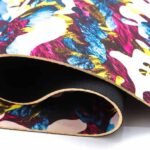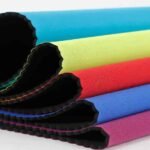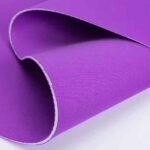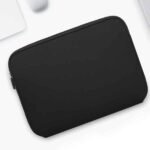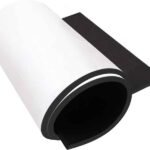Picture this: You’ve just finished a round of golf on a rainy morning. Your clubs are damp, and your leather headcovers feel sticky. Later, you notice faint rust spots on your favorite iron. Now imagine a different scene: Your clubs are snug in neoprene covers, dry and scratch-free even after a cross-country flight. Which scenario would you prefer?
This is the reality of choosing between neoprene and leather golf club covers. For brands and retailers, the stakes are even higher. A single design flaw or material failure can lead to customer complaints, returns, and damaged reputations. But how do you decide which material truly protects clubs while meeting buyer demands? Let’s break down the facts.
What Is a Golf Club Cover?
If you own a set of golf clubs, you’ve probably noticed small scratches, dents, or rust on your irons over time. These damages often happen during storage, travel, or even casual use. Golf club covers are protective sleeves designed to shield your clubs from these issues. They act like armor, wrapping around the club heads to prevent collisions, moisture buildup, and UV exposure. Without covers, even high-end clubs can lose their performance and value quickly.
What Is the Point of Golf Club Head Covers?

Golf club covers serve three main purposes:
- Physical Protection: They stop clubs from hitting each other in your bag, reducing dents and scratches.
- Weather Resistance: They block rain, humidity, and extreme temperatures that cause rust or warping.
- Aesthetic Preservation: They keep your clubs looking new, which matters for resale value and personal pride.
Imagine this: You’re at the airport, watching baggage handlers toss golf bags onto the cargo plane. Your heart skips a beat as you think about your $1,500 irons rattling inside. But then you remember—they’re safely tucked into snug, shock-absorbing covers. This peace of mind is why every golfer needs quality head covers.
Why Does Material Choice Matter for Golf Club Protection?
Not all materials protect equally. Thin fabrics might look stylish but fail in harsh conditions. Heavy materials can add unnecessary bulk. The best golf club covers balance durability, weight, and weather resistance. For example:
- Neoprene (synthetic rubber) is flexible, waterproof, and lightweight.
- Leather is classic and durable but heavier and less weatherproof.
Choosing the wrong material can lead to frequent replacements or damaged clubs.
What Are the Different Types of Golf Club Covers?

By Club Type
- Driver Covers: Larger, often with bold designs.
- Iron Covers: Slimmer, focusing on scratch prevention.
- Putter Covers: Compact, sometimes with magnetic closures.
By Material
- Neoprene: Popular for modern, sporty styles.
- Leather: Favored for luxury or vintage aesthetics.
- Polyester: Budget-friendly but less durable.
What Is the Best Material for Golf Headcovers?
The “best” material depends on your priorities:
| Priority | Recommended Material |
|---|---|
| Maximum Protection | Neoprene |
| Luxury Appearance | Leather |
| Low Maintenance | Neoprene |
| Eco-Friendliness | Recycled Neoprene |
What Are the Key Differences Between Neoprene and Leather?
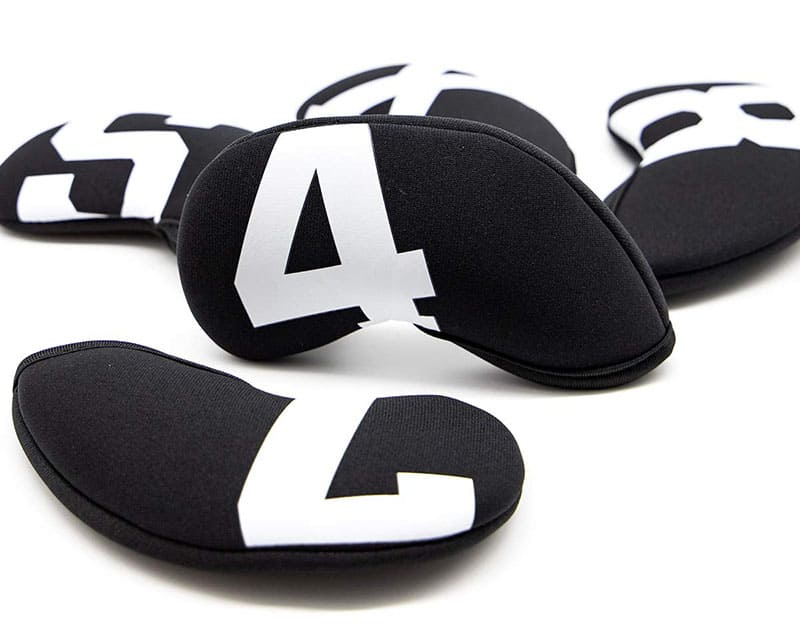
For brands and retailers, choosing between neoprene and leather isn’t just about material preference—it’s about balancing protection, cost, and customer expectations. Below, we dive into the practical differences that impact your business.
1. Water Resistance: A Deal-Breaker for Humid Markets
Neoprene’s closed-cell structure acts like a waterproof shield. Even if left in a wet golf bag overnight, the clubs stay dry. This is critical for brands selling to regions like Florida or Southeast Asia, where 80% of golfers face rainy seasons.
Leather, however, absorbs moisture like a sponge. Without weekly wax treatments (which most customers ignore), leather covers can trap humidity. This leads to rust on iron heads—a top reason for customer returns.
2. Weight and Logistics Costs: Hidden Profit Killers
A single neoprene cover weighs 50g (1.7 oz), while leather averages 120g (4.2 oz). For a set of 10 iron covers, this adds 1.7 kg (3.7 lbs) vs 4.2 kg (9.2 lbs).
Why does this matter?
- Shipping: Lighter neoprene cuts international freight costs by 30-40%.
- Retail Display: Heavy leather covers often require sturdier packaging, increasing shelf space needs.
3. Maintenance Demands: What Your Customers Won’t Tolerate
A 2023 survey by Golf Digest found that 72% of golfers clean club covers less than once a month. Neoprene thrives in this reality—just wipe it with a damp cloth.
Leather demands more effort:
- Monthly conditioning to prevent cracks.
- Avoid direct sunlight to reduce fading.
- Special storage in dry environments.
For retailers, this means higher post-purchase complaints. Customers blame the brand, not their own neglect.
4. Customization: Driving Brand Loyalty
Neoprene’s smooth surface allows:
- Vibrant Prints: Seasonal designs (e.g., holiday themes) without extra costs.
- Embroidery: Thread logos stay sharp for years.
Leather customization is limited. Laser engraving wears off, and natural hide variations make color matching inconsistent. For brands launching signature collections, neoprene offers faster design cycles.
| Feature | Neoprene | Leather |
|---|---|---|
| Water Resistance | Waterproof | Absorbs moisture |
| Weight | 50g per cover | 120g per cover |
| Maintenance | Wipe clean | Monthly conditioning |
| Customization | Full-color printing | Laser engraving only |
Which Material Offers Better Protection for Golf Irons?
Impact Protection
Neoprene’s thick, rubbery texture cushions clubs during collisions. Leather, while sturdy, lacks flexibility and may transfer impact force to the club.
Moisture Control
Neoprene’s closed-cell structure blocks water completely. Leather absorbs moisture, which can lead to rust in humid climates.
Long-Term Wear
Leather cracks under UV exposure unless treated regularly. Neoprene resists fading and cracking, even after years of use.
Conclusion: Partner with Szonier for Premium Neoprene Covers
At Szonier, we’ve specialized in neoprene golf club covers for over 17 years. Our ISO-certified factory produces covers trusted by brands in the US, Europe, and Asia. Here’s why partners choose us:
- Custom Designs: Print logos or choose colors with no minimum order.
- Fast Turnaround: 30% quicker production than leather suppliers.
- Eco Options: Recycled neoprene available for sustainable brands.
Ready to upgrade your golf accessory line? Contact Szonier today for a free sample and quote!



